University partnership research
Boothby Wildland, December 2023
Over the past few months, eagle-eyed visitors may have noticed various strange objects appearing in the fields at Boothby Wildland. If so, there’s a chance you’ve spotted several scientific research projects established by the University of Nottingham, to monitor biodiversity as the rewilding process gets underway.
The rewilding of sites like Boothby provides scientists with an excellent opportunity to study how wildlife responds as we move from intensive arable farming and let nature take over. The first step is to take ‘baseline’ measurements of biodiversity, and to compare fields which are still being farmed with those that have been left fallow.
Researchers from the university are recording small mammals, insects and birds using a variety of techniques. For example, mice, voles and shrews are monitored using Longworth traps: these are little metal boxes provisioned with food and bedding, which catch the animals alive so that they can be recorded and then released. Meanwhile, if you think you’ve seen someone doing a spot of wild camping at Boothby, it might well have been a Malaise trap (photograph above, by Lucy Baker), used for capturing flying insects for subsequent DNA analysis. (For clarity - wild camping is prohibited.)
All of this recording is vital to help us understand the nature recovery value of the Boothby Wildland project. The studies being done now will help scientists understand the best ways to boost wildlife in conservation projects of the future.
We’re really excited to partner with the University of Nottingham and hope this will be the beginning of lots of valuable studies at Boothby. Do say hello if you see Oliver, Lucy, Graham and Charlotte around the site and we look forward to sharing their findings in due course.

